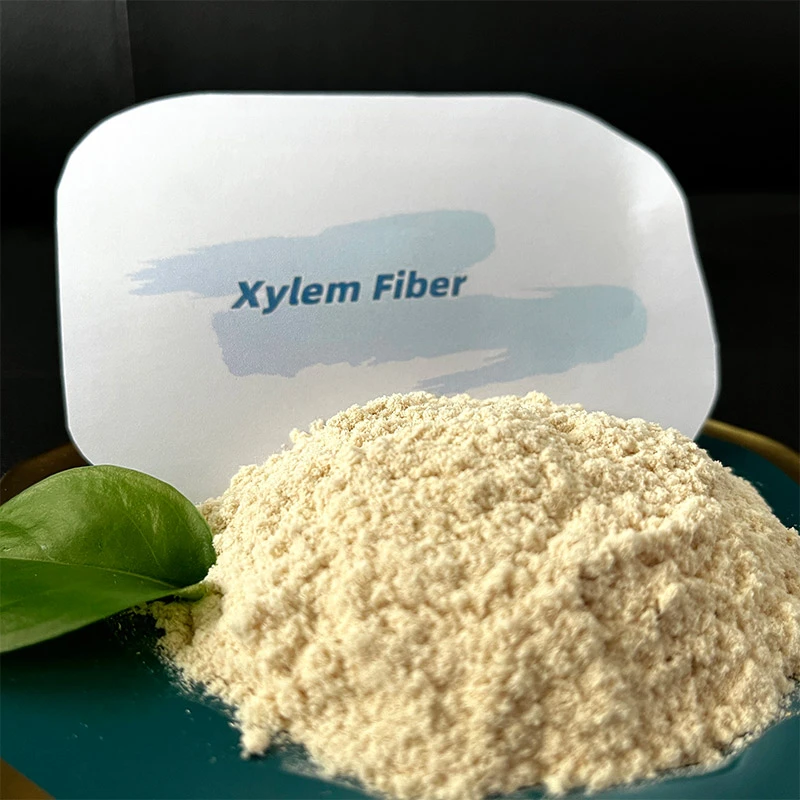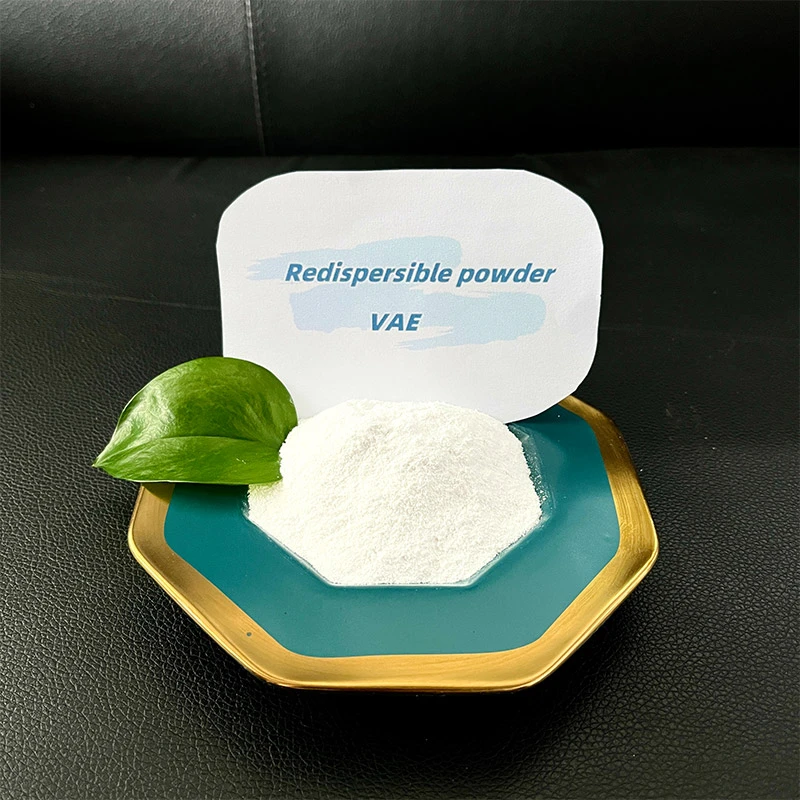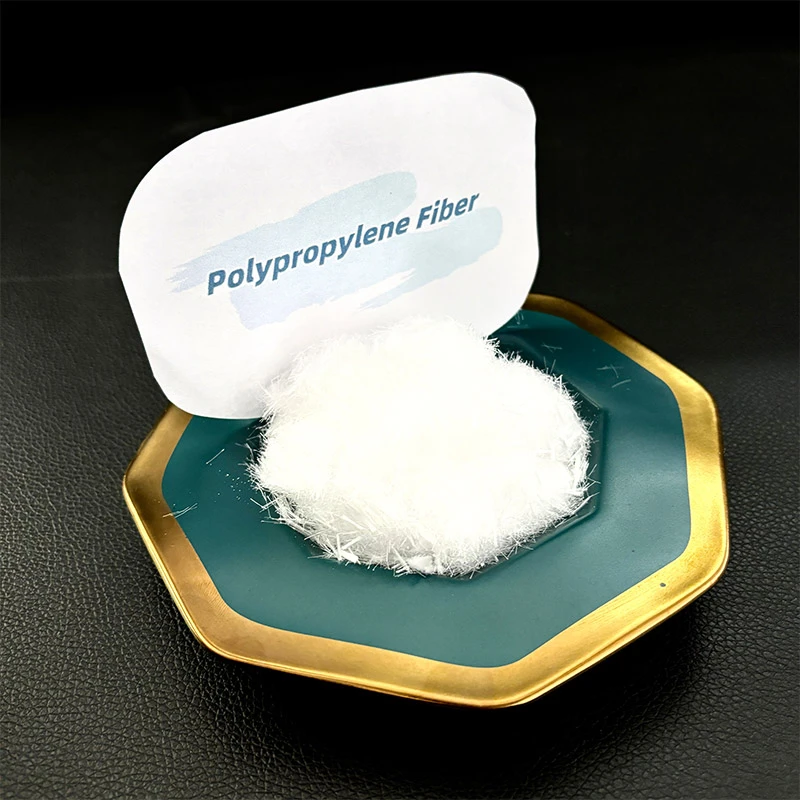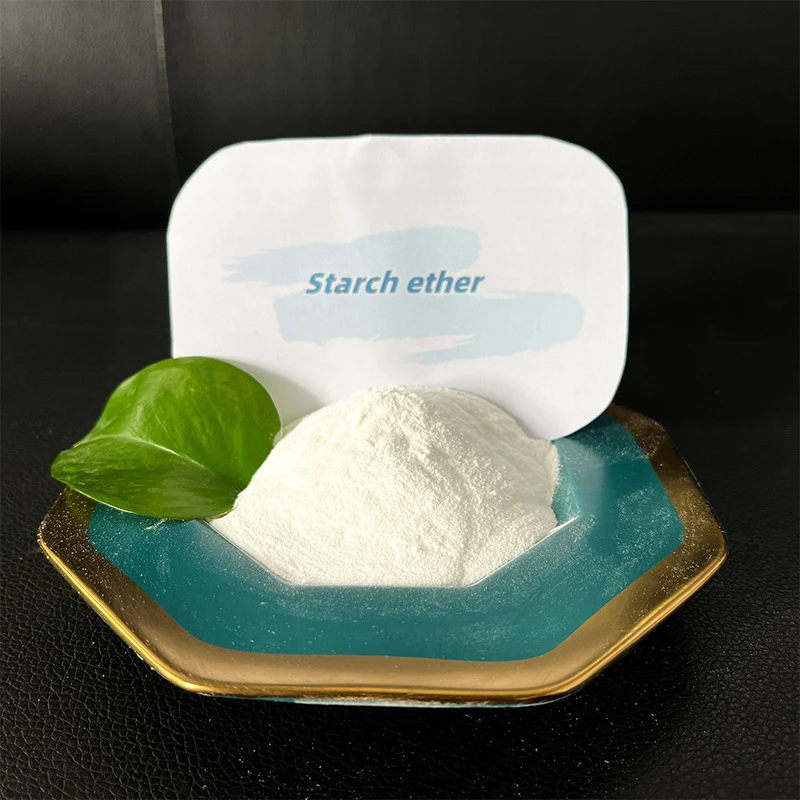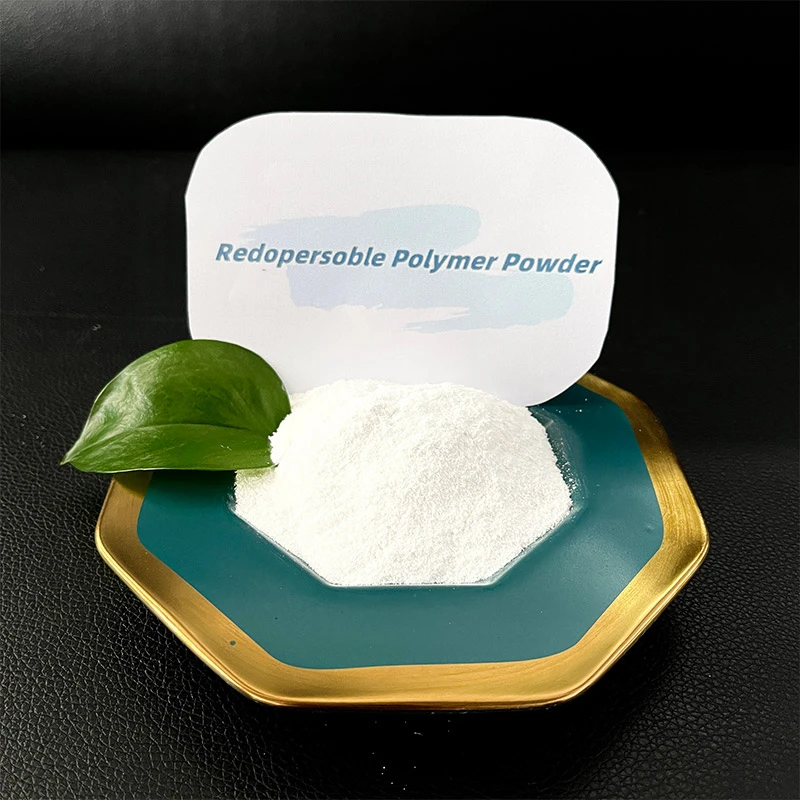
-

Илова: HeBei ShengShi HongBang Cellulose Technology CO.,LTD.
-

Почтаи электронӣ
13180486930@163.com -

БО МО ТАМОС ГИРЕД
+86 13180486930

Insulation Material Polypropylene Fiber
Insulation materials represent a critical frontier in sustainable construction, balancing thermal efficiency, structural resilience, and environmental impact. Among these, нахи полипропиленй has emerged as a transformative component, particularly in concrete and composite applications. Derived from thermoplastic polymers, this synthetic fiber leverages polypropylene’s innate chemical inertness, low density, and hydrophobic nature to enhance building performance. Unlike traditional materials like asbestos or cellulose, нахи полипропиленй resists rot, mildew, and alkaline degradation, making it ideal for humid environments or subterranean structures. Its integration into concrete matrices doesn’t merely supplement strength; it fundamentally redefines material behavior under stress, moisture, and thermal fluctuation.
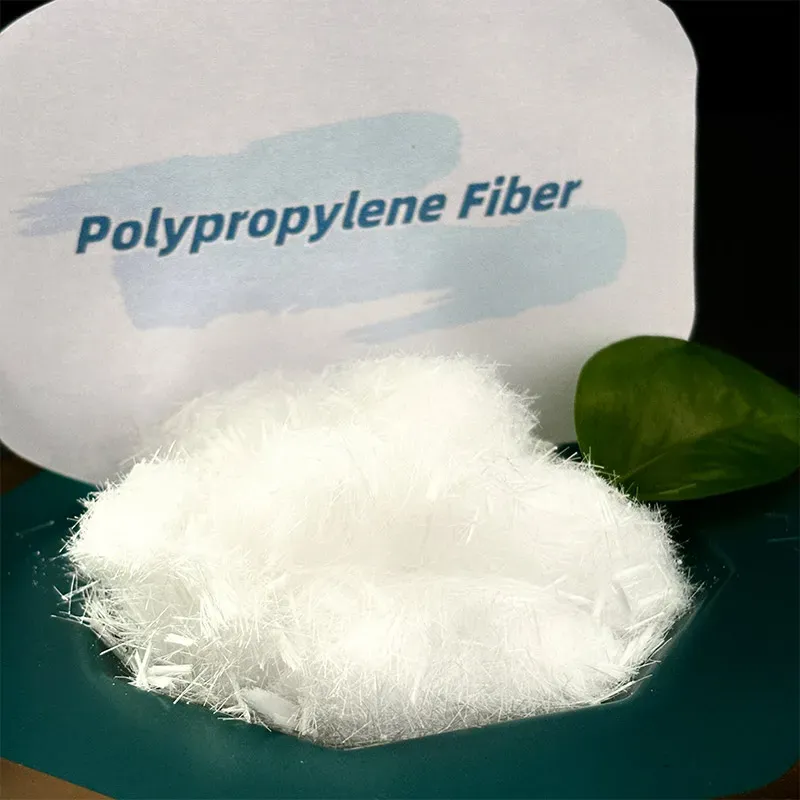
Нахи полипропиленӣ: Revolutionizing Therma
Нахи полипропиленӣ transforms concrete from a brittle material into a ductile, damage-tolerant composite. When embedded in mortar or concrete, millions of fine fibrils create a three-dimensional reinforcement network that mitigates plastic shrinkage cracks during curing—a common failure point in slabs and pavements. Beyond crack control, these fibers significantly reduce water permeability by blocking capillary channels within the concrete matrix. This is critical for foundations, basements, and water-retaining structures exposed to hydrostatic pressure. The fiber’s non-polar molecular structure inherently repels water, preventing chloride ion ingress that corrodes steel rebar. In cold climates, this translates to robust frost resistance: by minimizing internal water content, нахи полипропиленй curbs destructive freeze-thaw cycles that cause scaling and spalling. Additionally, its flexibility absorbs kinetic energy, enhancing blast resistance in security-sensitive installations like embassies or data centers.
Versatile Insulation of Polyolefin Fiber
Polyolefin fiber, the polymer family encompassing polypropylene, shares key traits that benefit building materials: high tensile strength, corrosion resistance, and recyclability. Polyolefins are synthesized through catalytic polymerization, creating hydrocarbon chains that resist chemical attacks from acids, alkalis, and solvents. This durability is indispensable in industrial settings where concrete encounters aggressive substances, such as wastewater plants or chemical storage facilities. As a subset of polyolefin fiber, нахи полипропиленй inherits these traits while offering superior melt-processability, allowing manufacturers to engineer fibers with customized length. Innovations like surface fibrillation—where fibers split into microfilaments—increase bonding surface area with cement paste, optimizing load transfer. Crucially, polyolefin fiber supports circular economy goals; post-industrial polypropylene waste is readily reprocessed into new fibers, reducing landfill burden versus non-recyclable mineral wool or fiberglass.
Macro Fiber: Enhancing Impact Resistance and Longevity
Macro fiber designed to replace welded wire mesh or rebar in secondary structural applications. Нахи полипропиленӣ variants in this category—often crimped or deformed for anchorage—bridge macro-cracks in concrete, maintaining structural cohesion even after initial failure. This is vital for earthquake-prone regions where ductility prevents sudden collapse. Macro fiber also combats abrasion in high-traffic floors, warehouses, and bridge decks by dispersing localized wear across the fiber network. Unlike steel, polypropylene macro fiber eliminates rust-jacking (corrosion-induced cracking), especially in salt-rich coastal or de-iced environments. Its low modulus of elasticity ensures compatibility with concrete’s natural movement, reducing delamination risks. For insulation composites, macro fiber reinforces lightweight aerated concrete or gypsum boards, allowing thinner installations without sacrificing impact resistance.
Sustainability and Future Innovations in нахи полипропиленй Insulation
The ecological advantages of нахи полипропиленй extend beyond recyclability. Production consumes 50% less energy than glass fiber and generates minimal volatile organic compounds. Emerging research focuses on bio-sourced polyolefins from sugarcane or waste biomass, further shrinking the carbon footprint. Hybrid systems combining нахи полипропиленй with phase-change materials are also gaining traction; fibers distribute PCMs uniformly, enabling concrete to absorb/release heat during temperature swings. However, challenges persist, notably microplastic shedding during demolition. Solutions include developing biodegradable coatings or closed-loop recycling protocols. As net-zero construction mandates expand, polyolefin fiber’s role in carbon-storing concretes will accelerate, positioning it as a linchpin of green building codes.
FAQs about Polypropylene Fiber
What distinguishes нахи полипропиленй from steel reinforcement?
Нахи полипропиленӣ provides diffuse, full-volume reinforcement versus steel’s localized support. It prevents micro-cracks during curing, resists corrosion, and reduces labor costs. However, steel remains essential for primary load-bearing elements, while fibers excel in crack control and durability enhancement.
Can macro fiber entirely replace traditional rebar?
In non-structural applications (e.g., pavements, shotcrete slopes), macro fiber suffices. For structural members like beams or columns, it complements rebar by improving impact resistance and reducing crack widths but cannot bear equivalent tensile loads.
How does polyolefin fiber enhance insulation efficiency?
Its hydrophobic nature minimizes thermal bridging caused by moisture. When integrated into insulating concretes or boards, it traps air pockets while blocking vapor diffusion, maintaining stable R-values in humid conditions.
Is нахи полипропиленй suitable for high-temperature environments?
Standard нахи полипропиленй softens at 160°C, limiting use in fire-rated assemblies. Flame-retardant variants with melting points exceeding 300°C are available for fireproofing sprays or intumescent coatings.
What end-of-life options exist for polyolefin fiber composites?
Mechanically separated fibers can be recycled into new building products. Research on thermal depolymerization converts waste into liquid hydrocarbons for reprocessing, though commercial scalability remains evolving.
Нахи полипропиленӣ transcends its role as a mere additive, becoming a cornerstone of modern, resilient construction. By enhancing water resistance, frost durability, and crack control, it extends infrastructure lifespans while reducing maintenance burdens.For architects and engineers, mastering its applications isn’t just a technical advantage; it’s an investment in enduring, eco-conscious built environments.
-
Rubber Powder Durability in ConstructionАхборJun.26,2025
-
Properties of Starch EtherАхборJun.26,2025
-
How to Utilize Hydroxymethyl Cellulose EffectivelyАхборJun.26,2025
-
Eco-Friendly Redispersible Polymer PowderАхборJun.26,2025
-
Benefits of Plaster RetardersАхборJun.26,2025
-
Why HPMC for Sale Is EssentialАхборJun.05,2025
-
The Role of Retarder in GypsumАхборJun.05,2025







